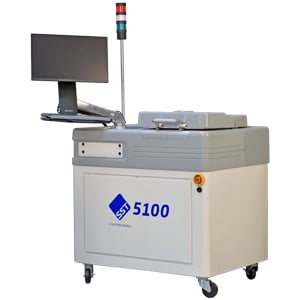Achieving Low Voiding with Lead Free Solder Paste for Power Devices
Download the Paper!The objective of this research was: (1) to demonstrate a low void concentration of <5% using solder paste on different materials such as nickel to nickel, copper to copper, nickel to copper, and with silicon die to nickel and silicon die to copper; (2) to achieve a short cycle time for the solder paste reflow operation and (3) to highlight the advantages of solder paste vs. AuSn and other alloy preforms that require gold top metallization.
For power device applications where low void concentration and reduced costs are important, we have demonstrated a solder paste solution that can be a lower cost solution. The flux process for solder paste is a major contributor in creating voids. Our approach was to utilize different pressures to reduce voids resulting in higher production yields.
Test coupons of pure nickel and copper were sized to simulate die and substrates. Silicon device die were also included. A lead free 95Sn5Ag alloy water soluble solder paste was selected for this evaluation. The paste application consisted of a manual screen print with templates of different thicknesses. Void detection concentrations were identified via our in-house X-ray system. The advantages of solder paste can be significant, but typically, we’d expect increase in voids resulted from the flux incorporated in the paste. Accordingly, in this paper, we evaluated a low voiding flux solder paste compatible with power device metal materials and suitable for use in a production environment.
Download to read more...
